Are soft mattresses bad for your back? A spine surgeon answers
Can a soft mattress give you enough support?
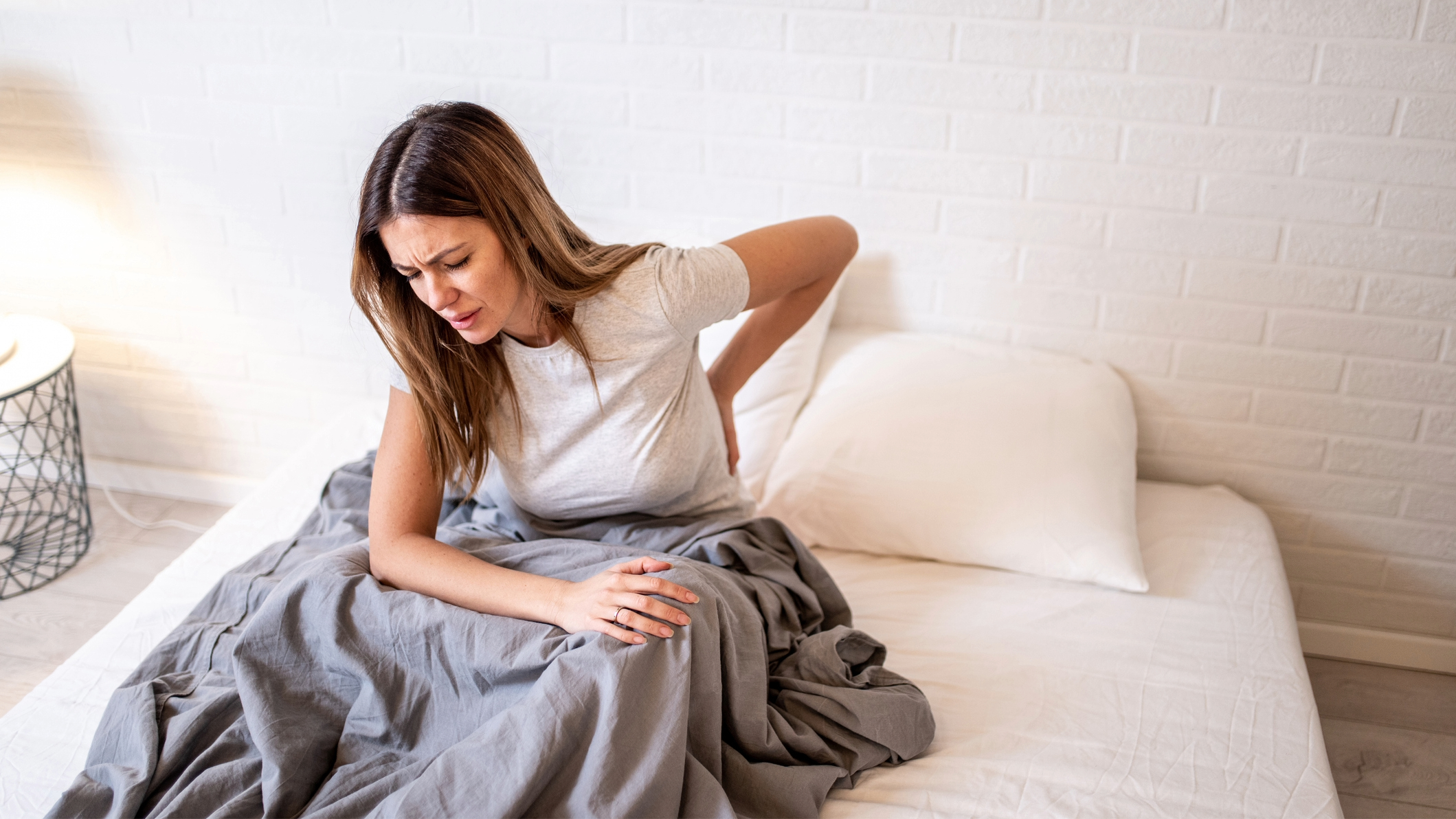
When it comes to picking a new mattress, choosing one that provides adequate support for your back is crucial. Our spines need to be kept in alignment overnight, otherwise we run the risk of developing aches and pains, along with building up pressure points.
Some people obviously prefer a softer mattress, but could it be bad for your back? Many of this year’s best mattresses for all sleepers come in softer options while still remaining supportive, although the majority of our top picks in the guide opt for a medium-firm feel.
But what is a soft mattress and can they ever be a good choice? We spoke to a spinal surgeon to find out more about the benefits and drawbacks of softer mattresses.
What is considered a soft mattress?
Although firmness is subjective and influenced by both your body weight and sleeping style, a firmness rating of 4 or 5 out of 10 is widely considered to be soft. A rating of 2 or 3 out of 10 is usually described as marshmallow soft, which means there will be more noticeable sinkage. You’ll also frequently see these mattresses branded as Plush or Luxury Plush.
A soft mattress will offer a lot of plushness and sinkage, with a sleeper feeling more contouring around their pressure points. What makes a soft mattress a good mattress is the addition of advanced materials that still offer plenty of support alongside this contouring and cushioning. In fact, some of the best memory foam mattresses on the market are rated soft, but still provide plenty of support from advanced foams.
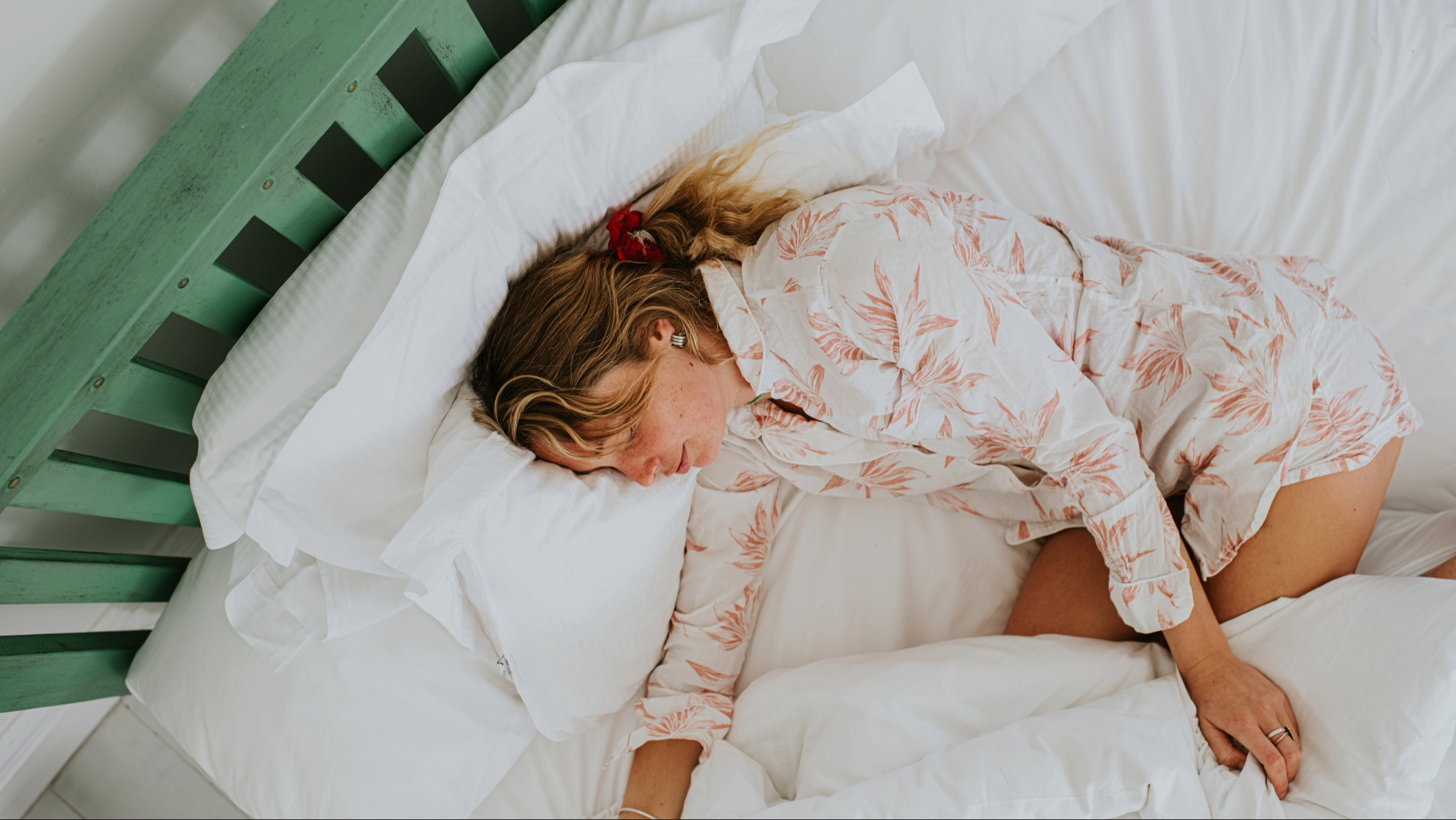
Are soft mattresses bad for your back?
When it comes to choosing the best mattress for back pain, a soft mattress wouldn’t be the immediate choice. Dr Michael Gerling, MD, the founder of the Gerling Institute and American Board Certified in Orthopedic Spine Surgery explains more, “In general, joints should rest in a neutral position to allow maximal blood flow into the surrounding tissues to keep them healthy and stable for the typical wear and tear of daily activities.”
Dr Gerling continues by explaining that “medium firmness mattresses tend to be supportive to optimize the neutral alignment of the joints in the spine to optimize healing of microscopic damage accumulating in the joints during the day and prepare for the next day's activities.”
Get instant access to breaking news, the hottest reviews, great deals and helpful tips.
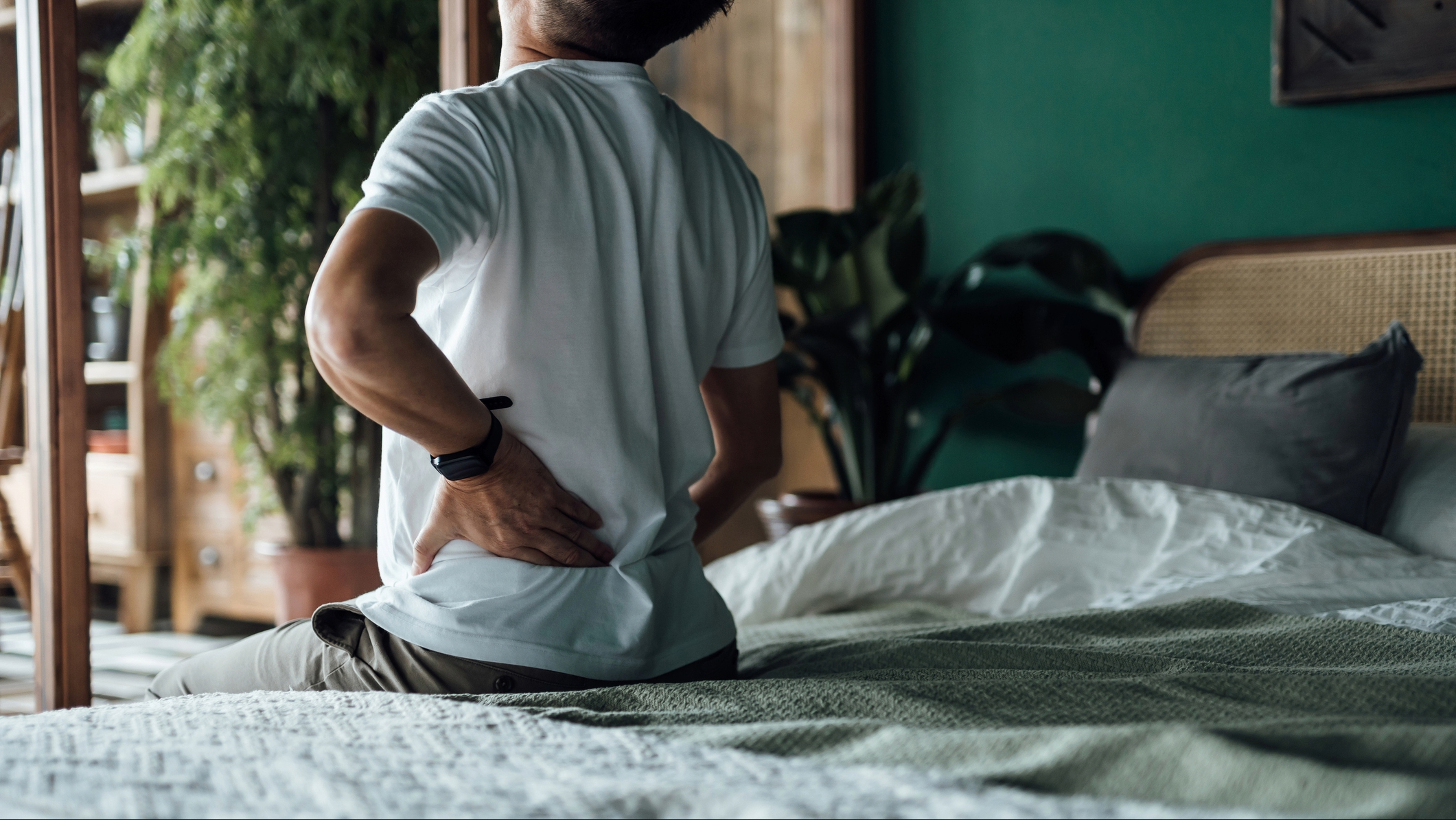
In fact, soft mattresses can sometimes be the cause of aches and pains in the morning. He explains that, “Morning stiffness occurs when joints rest out of alignment and accumulate inflammation. Soft mattresses allow sinking of heavier parts of the body and floating of the lighter parts. The imbalance causes poor alignment and joint inflammation within the spine. The joints have a difficult time resting and healing without optimal blood flow to the tissues.”
Benefits and drawbacks of sleeping on a soft mattress
This isn’t to say that soft mattresses aren’t without their pros as well as cons. Let’s look at these in a little more detail.
Benefits of sleeping on a soft mattress
- Protect those with injuries
- Supportive for lightweight sleepers
- Cradles side sleepers
“Soft mattresses are good for people with vulnerable bony prominences that could develop sores or painful sites from firm pressure during the night”, says Dr Gerling. “An extreme example would be a patient with an injury that is unable to move over the course of the night, readjusting tender spots to minimize the pressure on healing tissues.”
Those with a lower body weight could find a firmer mattress doesn’t provide enough pressure relief, as they don’t sink far enough into the mattress. A softer mattress will provide more contouring.
Similarly, many of the best mattresses for side sleepers are soft, as these mattresses cradle curves and the pressure points of the shoulders and hips.
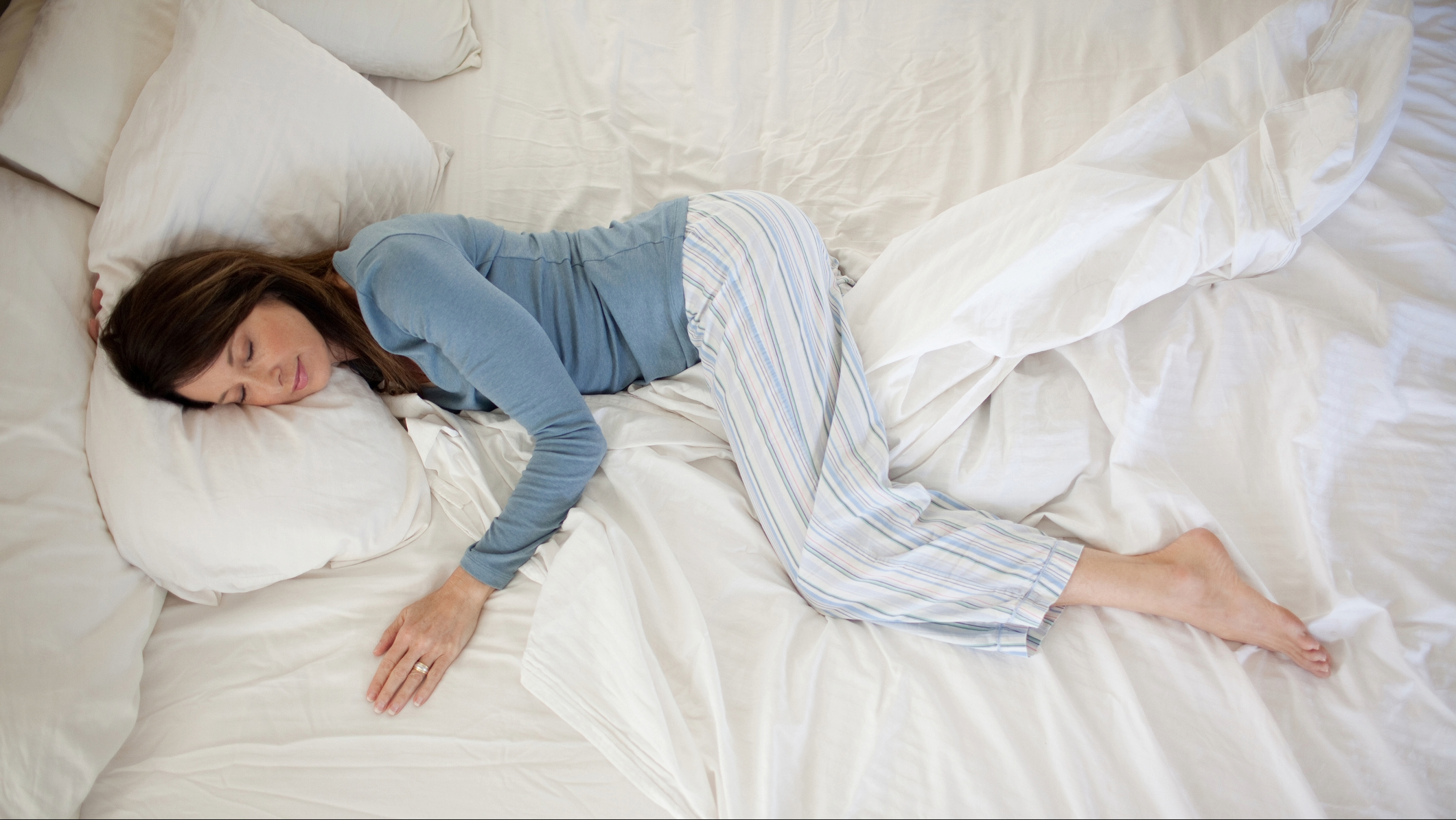
Drawbacks of sleeping on a soft mattress
- Lack of spinal alignment
- Poor temperature regulation
- Difficulty changing position
- Lack of support
As Dr Gerling already explained, a soft mattress can lead to spinal alignment being thrown out and joint inflammation. Alongside this, because soft mattresses allow you to sink further into them, airflow can be reduced and heat can become trapped in the mattress.
Soft mattresses can also make it hard to change position at night, with the softer materials keeping sleepers trapped in one place. So if you frequently toss and turn, you may become frustrated by the "cradling" feeling.
Sleeping position is an important consideration as back and stomach sleepers, along with those of a heavier weight are likely to sink too far into a soft mattress and find it lacks in support where it’s needed.
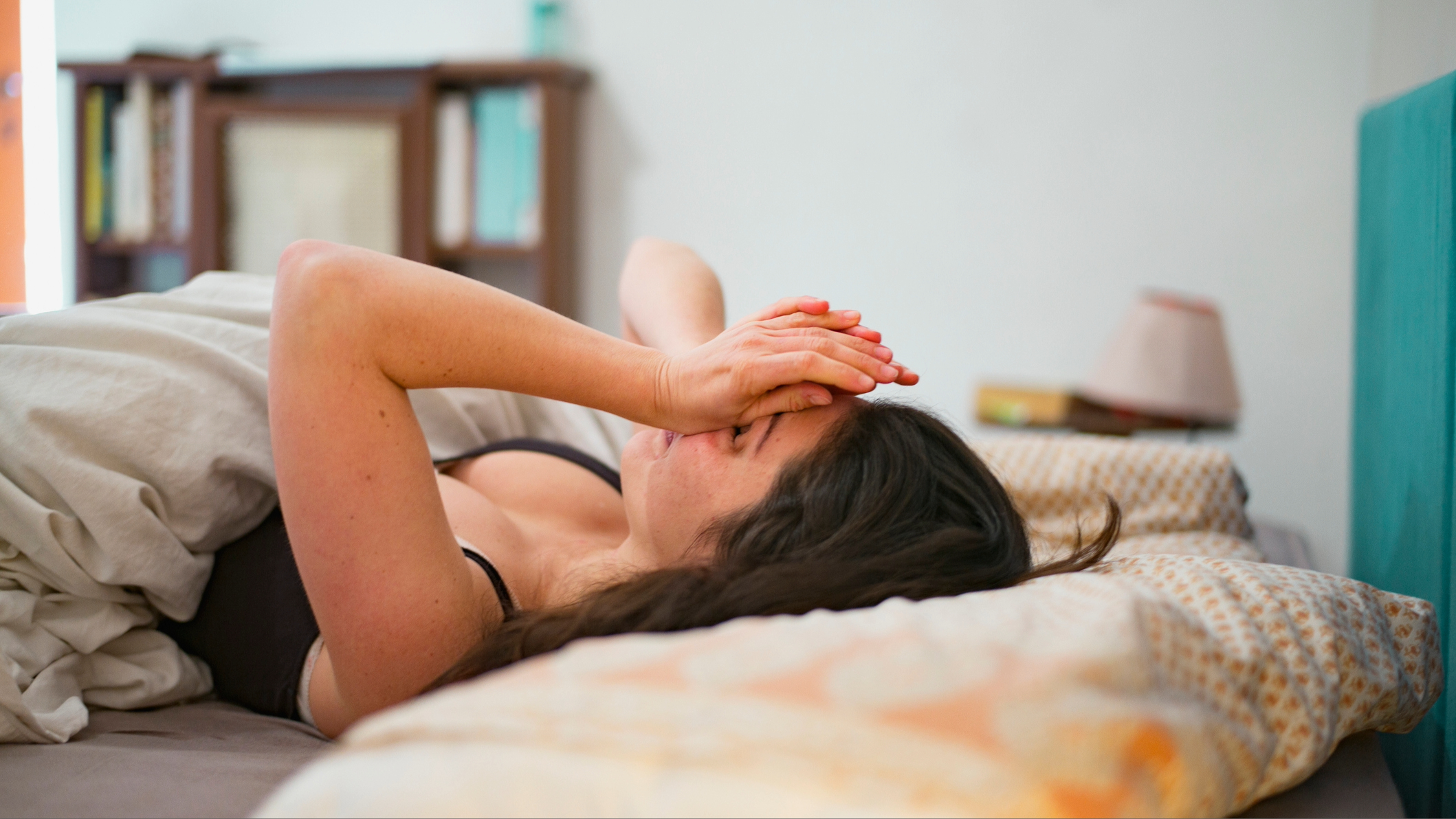
Who should sleep on a soft mattress?
Soft mattresses do have their benefits, and can be a great option for light-weight sleepers who don't get the support they need from a medium-firm to firm mattress. Especially sleepers who tend to rest on their side and often feel a build up of pressure on their shoulders or hips. Similarly, those in recovery will likely benefit from the cradling effect of a mattress.
Heavier people weighing over 230lbs won't feel enough support from a soft mattress, and similarly, those who sleep on their backs or stomachs will risk damaging their back from the sinkage.
What kind of mattress is best for our backs?
Broadly speaking, the best type of mattress to support our backs is medium firm to firm, as Dr Gerling explains, “Medium firmness mattresses are typically most beneficial in studies of patients with normal anatomy. Other studies have found firm mattresses to be best for people with chronic back pain complaints.”
Remember that you also need to take your body weight and sleeping style into account. Side sleepers and those of a lighter weight will need a softer mattress to prevent pressure build up, whereas average weight and back sleepers will likely find a medium firm mattress offers the correct support. Heavier weight and stomach sleepers need a firmer mattress to keep them from sinking too far in and losing spinal alignment.

Jo Plumridge is an experienced mattress reviewer with several years' experience covering all things mattresses and sleep, and who tests memory foam, hybrid and organic mattresses. What Jo doesn't know about a boxed mattress isn't worth knowing, so naturally we tasked her with producing a series of features for Tom's Guide looking at all aspects of mattresses, from how to pick between latex and memory foam (it's a tricky one), to the seven mistakes people make when buying a mattress for the first time. When testing the DreamCloud Luxury Hybrid for Tom's Guide, Jo said: "I loved the back support and pressure relief it offered. Plus, it looks far more expensive than it is." When she isn’t writing about sleep, Jo also writes extensively on interior design, home products and photography.
